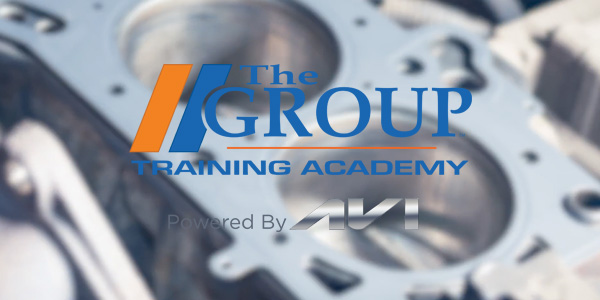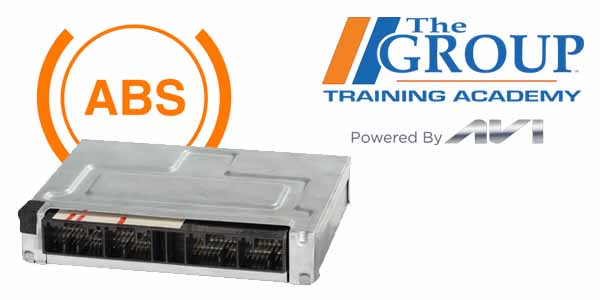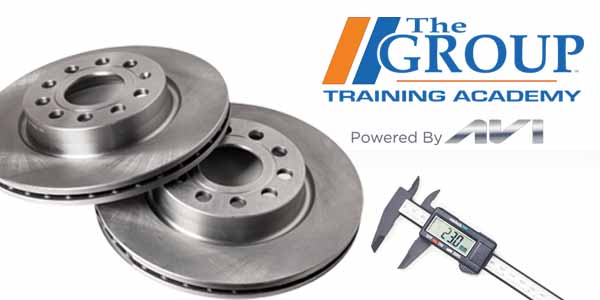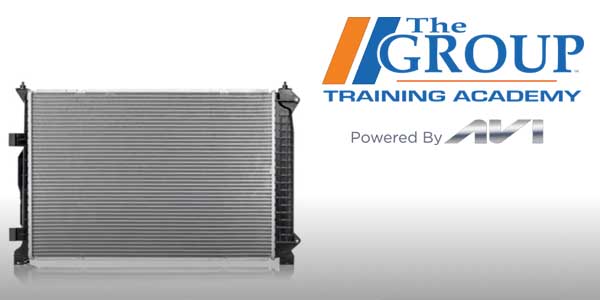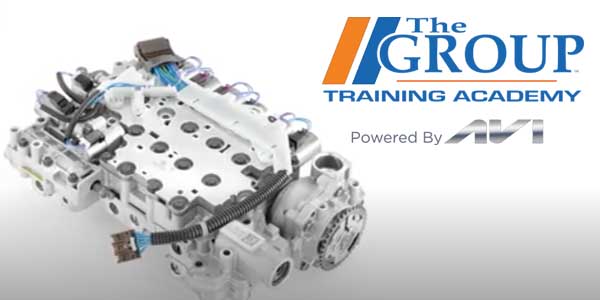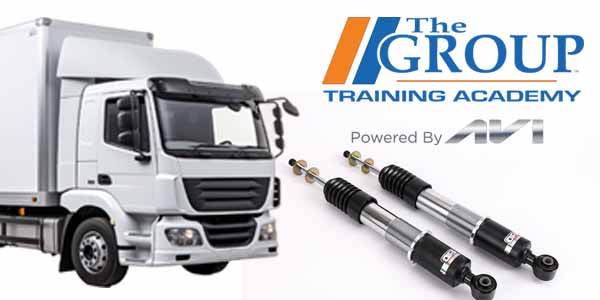If the radiator is the heart of an engine cooling system, the radiator core is the heart of the radiator. This is where the actual cooling takes place. The radiator core consists of a series of thin tubes and fins designed to maximize surface area, allowing for efficient heat exchange between the coolant and this routing air. As the engine operates, it generates heat, which is absorbed by the coolant. This hot coolant then flows through the radiator core where it's cooled by air passing over the fins before being recirculated back into the engine. For much of automotive history, radiator cores were made from brass and copper. However, modern vehicles predominantly use aluminum cores because they're lightweight, cost-effective, and more efficient. The design has evolved as well with most modern radiators, featuring a cross flow design in which the coolant flows horizontally, allowing for a lower hood line and better aerodynamics.

